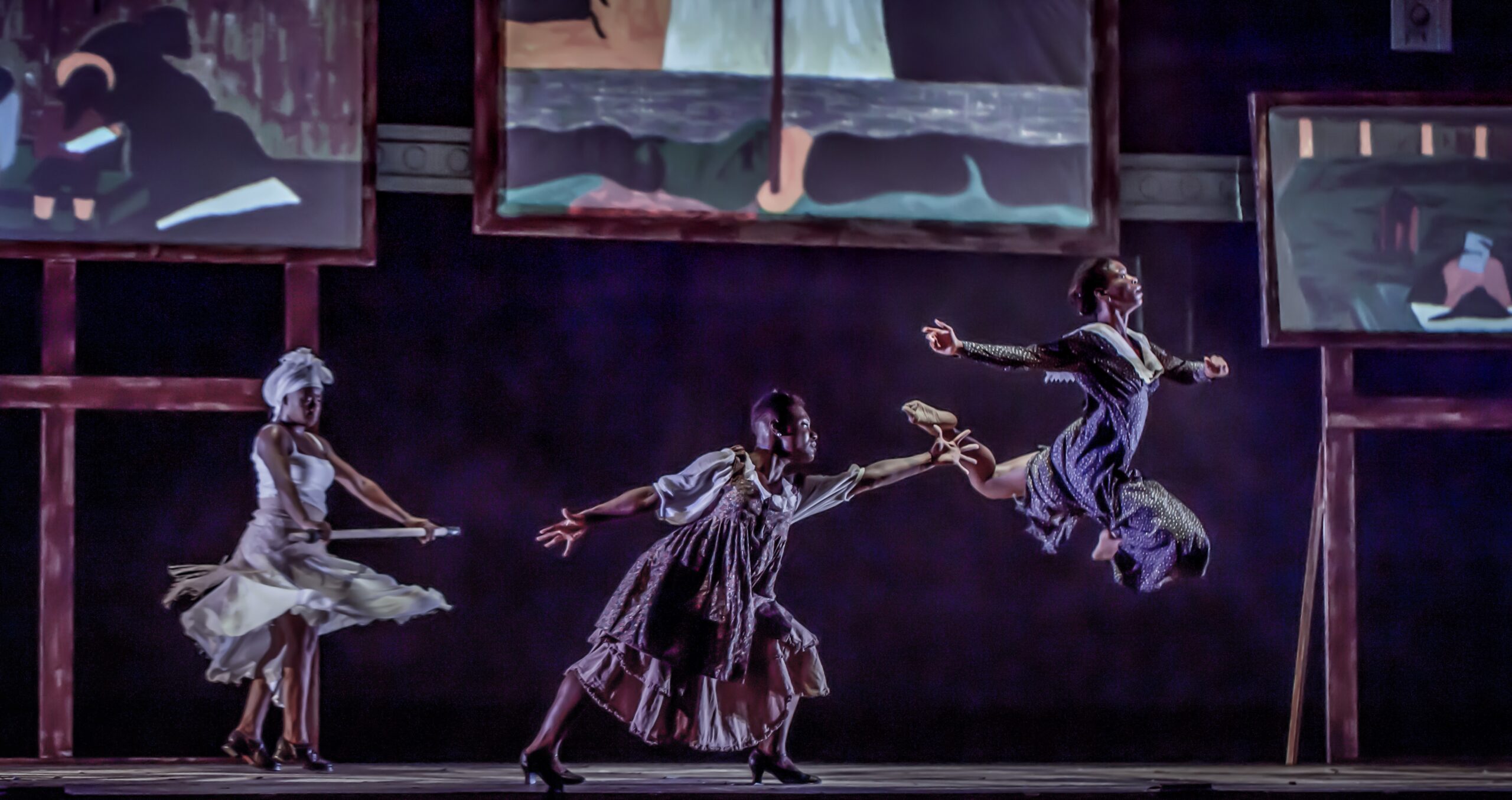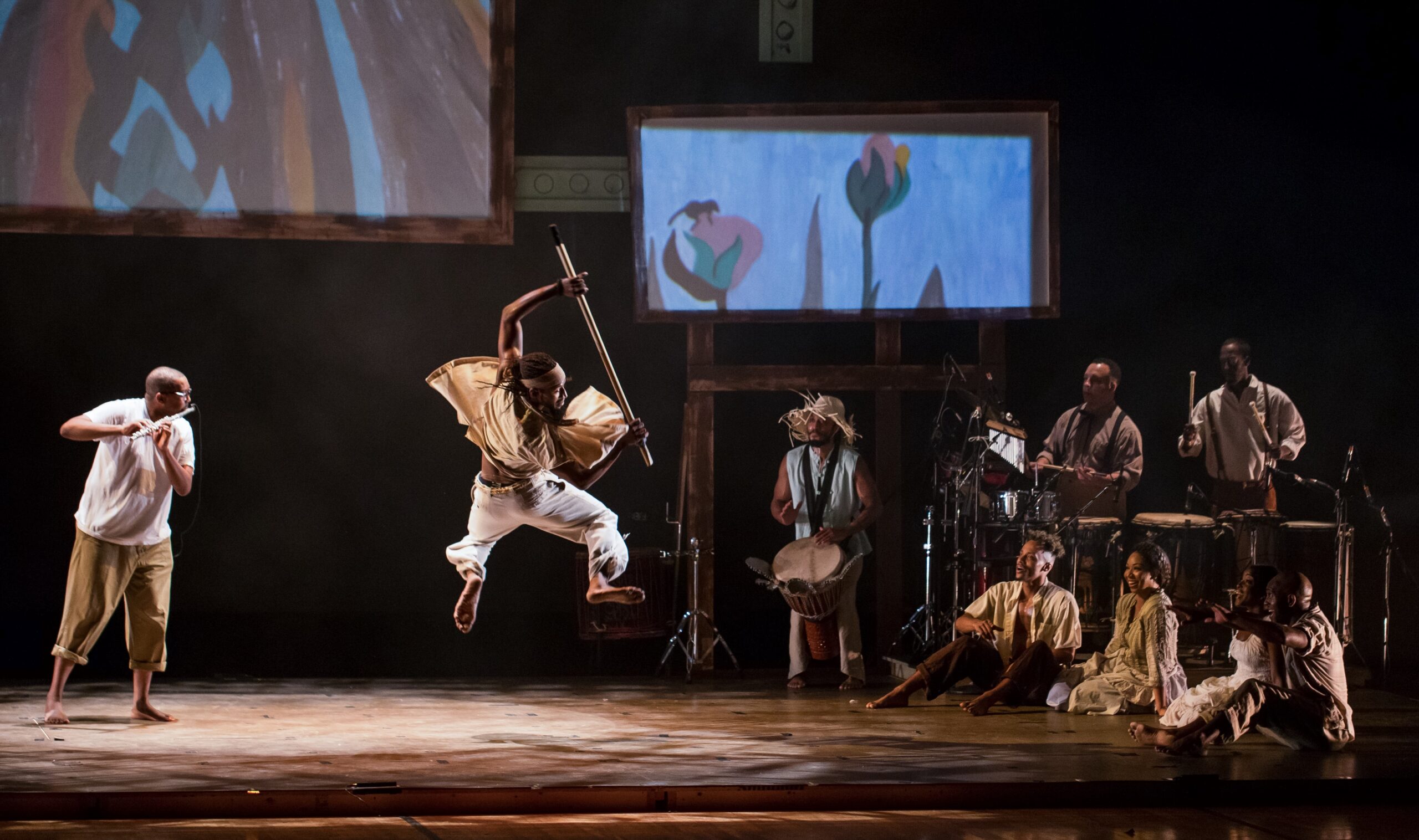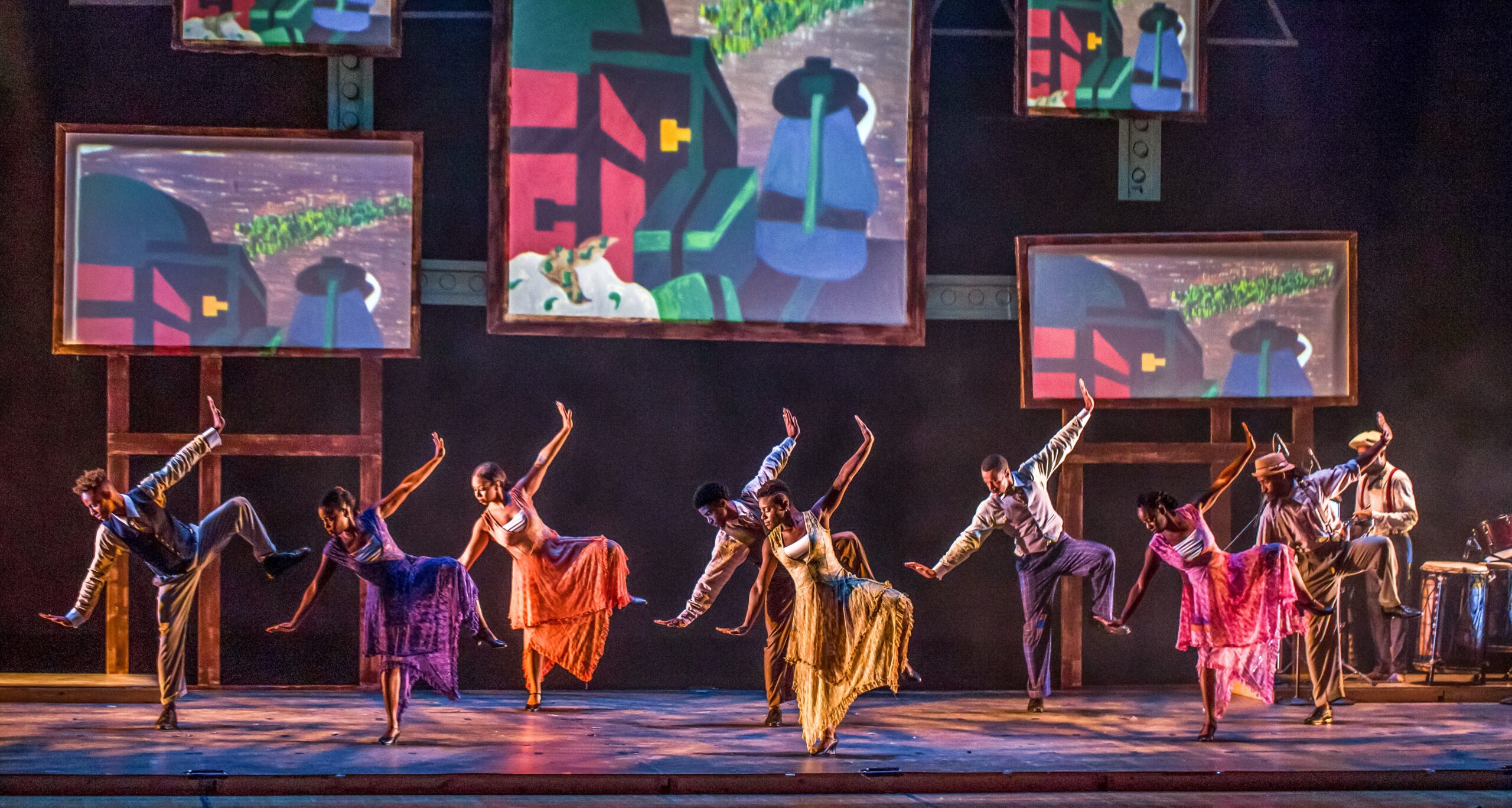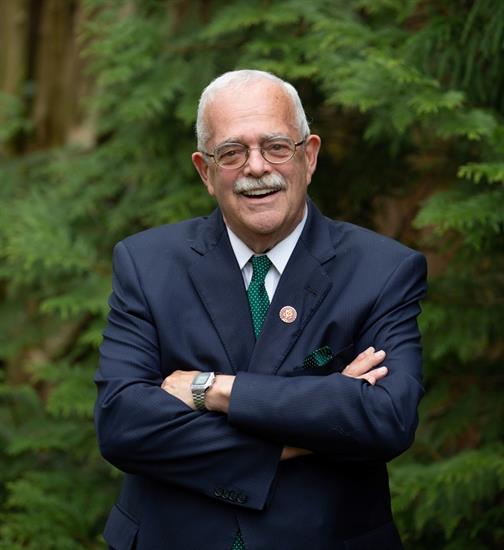“They Could Not Stop the Beat.” Step Afrika! tells a powerful story of our migration
by John Reid and Queenie McLean
“I was leaving the South to fling myself into the unknown. I was taking part of the South to transplant in alien soil, to see if it could grow differently, if it could drink of new and cool rains, bend in strang winds, respond to the warmth of other suns, and perhaps, to bloom.” -Richard Wright
For the past 30 years, Step Afrika!’s “The Migration: Reflections on Jacob Lawrence has enthralled audiences all over the country and yesterday at Arena Stage in Washington DC, they put on yet another spectacular performance. Founded by C. Brian Williams and directed by Jakari Sherman, it is the story of one of the largest movements of people in United States history—when millions of African American migrants moved from the rural South to the industrial North in the early 1900s to escape racial oppression. Winner of several awards, the production is an amalgam of surreal paintings, inspiring songs, powerful percussions, and synchronous step movements which honored the ancestors.
The story is the creation of Jacob Lawrence (1917-2000), a painter and storyteller who created the 60-piece art collection, The Migration Series. Below is Lawrence’s inspiration for the series, reflecting on his own family’s migration, which was pivotal to shaping the country’s demographics:
As for the presentation itself, it was a two-part program, the first highlighting African cultural rhythms through the drums. From the onset, the celebrations of the village emulating through their dancing, knowing of the impending doom which the foreign ships were bringing. The performers even had the crowd participate, joining in a chorus of “They took the drums away!” As the time shifted from enslavement to escape out of bondage, they began their movement out West, taking with them several traditions of dance and music.

However, even as the drums were taken away, their faith never wavered, as they boldly proclaimed, “They could not stop the beat!” When the turn of the century arrived, and crowds of Black people left the South, they migrated to placed like Chicago and California, using the train as a means of support. The scene “Trane,” was an epic three-part series of dance, celebration, and even agony as they realized racism was still around when they entered the new land. As more than 400,000 people migrated, in several cases the men had to travel alone, leaving the women to care for the children, which was highlighted in the Nina Simone classic “My Man’s Gone Now.”
One of the most inspiring things about the presentation was not on the stage, but to the side. We saw a little Black girl dancing and clapping along as she stood up the entire time. After the play was over, several Black children were practicing their step routines in the lobby. To them, it was more than just a show; it was a possibility of what could be. They saw themselves in the dancing, steps, and singing.
What was interesting to note was the mixed crowd presence at the show. While the 90-minute presentation brought together the audience, some who may have never seen a visualization of African culture, questions abound what it meant to them? Was this simply an entertaining program, or was it an entry point? While many in the social structure may enjoy seeing our gifts of dance, song, and step, what will it mean for the ballot box in November?

Jennifer Roberts, founder of the Sawbouna School and Conversations In the Community, spoke with the PW Perspective about the experience afterwards. “Step Afrika!’s powerful interpretation of Jacob Lawrence’s artwork was nothing short of brilliant. The company masterfully fused visual artistry with dance, the step and music to produce an experience that told the migration stories of millions of African Americans who fled the Jim Crow south, and headed north in search of social and economic opportunities.”
She continued, “One of my favorite scenes was the ‘Drum Call,’ which left me imagining who people of African descent would be if we were simply left alone.”



